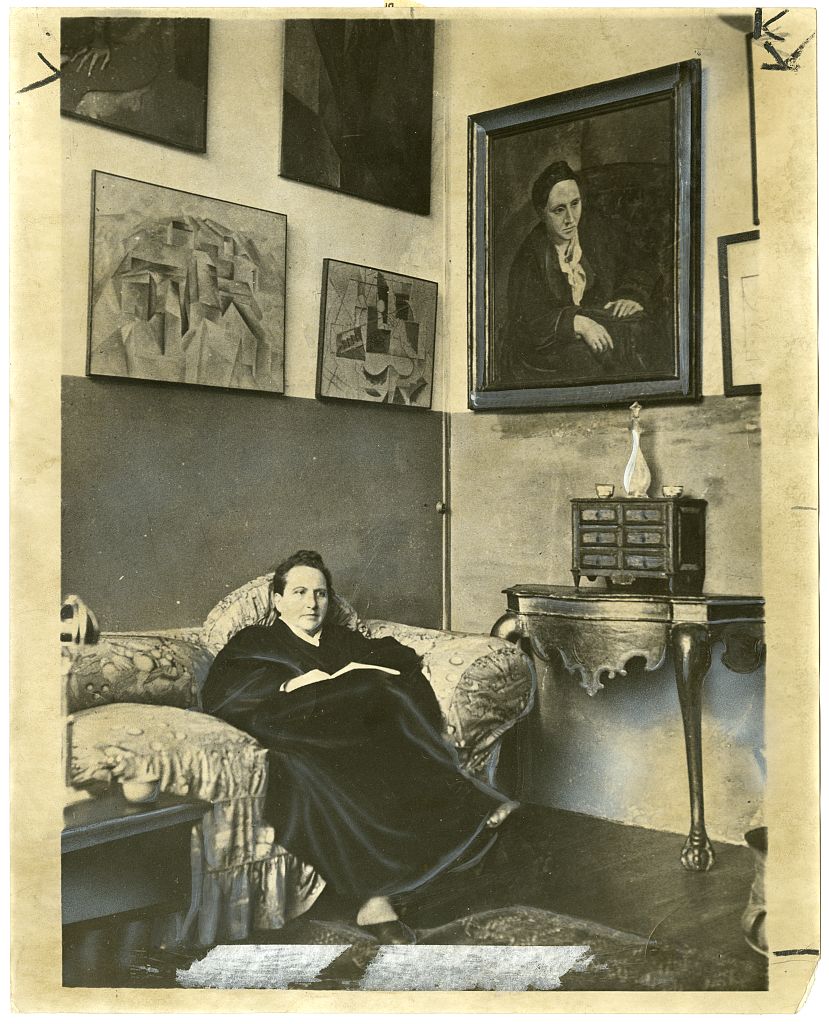
Image
Black and white picture of Gertrude Stein in her apartment, surrounded by art.
Course Description
In this course we will analyze literature from the early 1900s to the 1940s; this period of time is most frequently called the Modernist period. Through the assigned pieces, we will look at aesthetic, philosophical, artistic and historical movements associated with Modernism—among these will be psychoanalysis, Cubism (and other forms of abstract art), war, alienation and the Harlem Renaissance. We will interrogate how these particular movements affected the production of literature and created breaks from traditions.
- Students will be able to understand some of the philosophical and artistic currents in the Modernist era.
- Students will be able to understand how philosophical and artistic currents of the Modernist era shaped literature.
- Students will be able to understand how Modernist literature breaks from traditional forms.
- Students will be able to perform close readings of literary texts verbally and in written form.
- Students will be able to argue a point in a concise written form with attention to MLA citation style.
- Students will demonstrate the ability to effectively use the grammatical and stylistic conventions of Dominant Academic/professional Discourse (DAD) in writing.
- Students will be able to produce a 5-6 page critical research essay on one of the literary texts in the course with a minimum of two peer-reviewed sources.
Required Texts:
- The Gift, H.D. Published: 1960, 1982.
- Tender Buttons, Gertrude Stein. Published: 1914.
- Cane, Jean Toomer. Published: 1923.
- Additional required texts may be found on Moodle (M).
- Teacher: Alma Alvarez